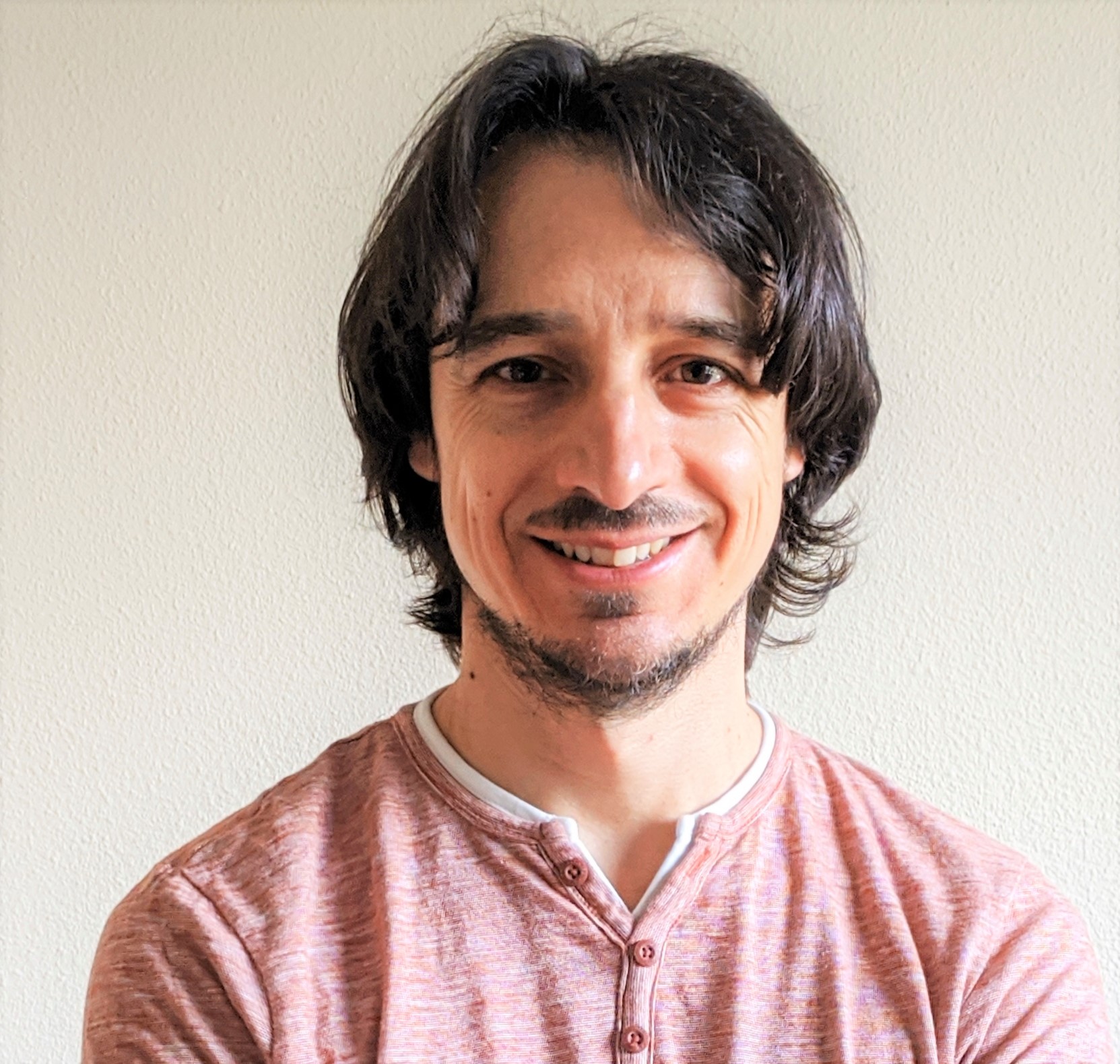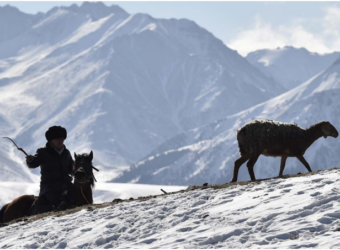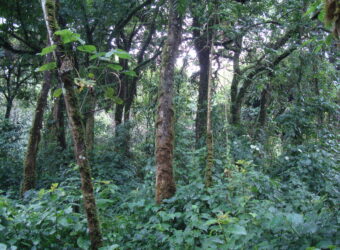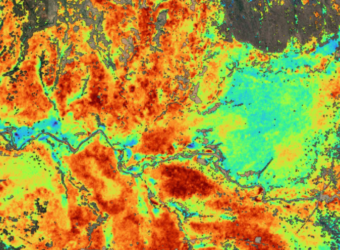Working with the World Bank, GMV as part of the European Space Agency (ESA) Global Development Assistance (GDA) Agile EO Information Development (AID) Climate Resilience Consortium has designed a system for monitoring soil organic carbon in the croplands of northern Nigeria.
Nigeria’s agriculture sector has suffered in recent years as major crop yields have been steadily declining over the past two decades, partly due to climate change. This has forced farmers to expand the total cultivated area and the government to increase imports to continue to meet the food needs of Nigeria’s growing population. Cropland expansion often comes at the cost of forested areas, and higher food imports translate into increased strain on public finances leaving the population more exposed to global changes in commodity prices.
In response to the challenges faced by the agriculture sector, the World Bank approved a $700 million credit for the Nigeria Agro-Climatic Resilience in Semi-Arid Landscapes (ACReSAL) project in 2021. The project aims to increase the implementation of sustainable landscape management practices in targeted watersheds in northern Nigeria and strengthen Nigeria’s capacity for integrated climate-resilient landscape management.
An important component of the ACReSAL project is dryland management, specifically implementing integrated watershed management plans to prevent the continued degradation of soils. The GDA Climate Resilience Consortium facilitate this work by supporting the setting up a Soil Organic Carbon (SOC) Measurement Reporting Verification (MRV) system.
The GDA Climate Resilience Consortium’s work aimed to estimate changes in soil carbon in crop lands resulting from land management. To do this, the team developed a methodology that uses satellite data analysis and machine learning to identify crops, determine their agronomic practices, and estimate the topsoil organic carbon content. The SOC baseline and crop data are then fed into a farm/watershed management model to calculate the carbon stock and simulate farming and climate scenarios. The results provide detailed information on soil carbon stock and the carbon loss from the baseline scenario. These findings can be used in the measurement, monitoring, and verification components of the MRV system.
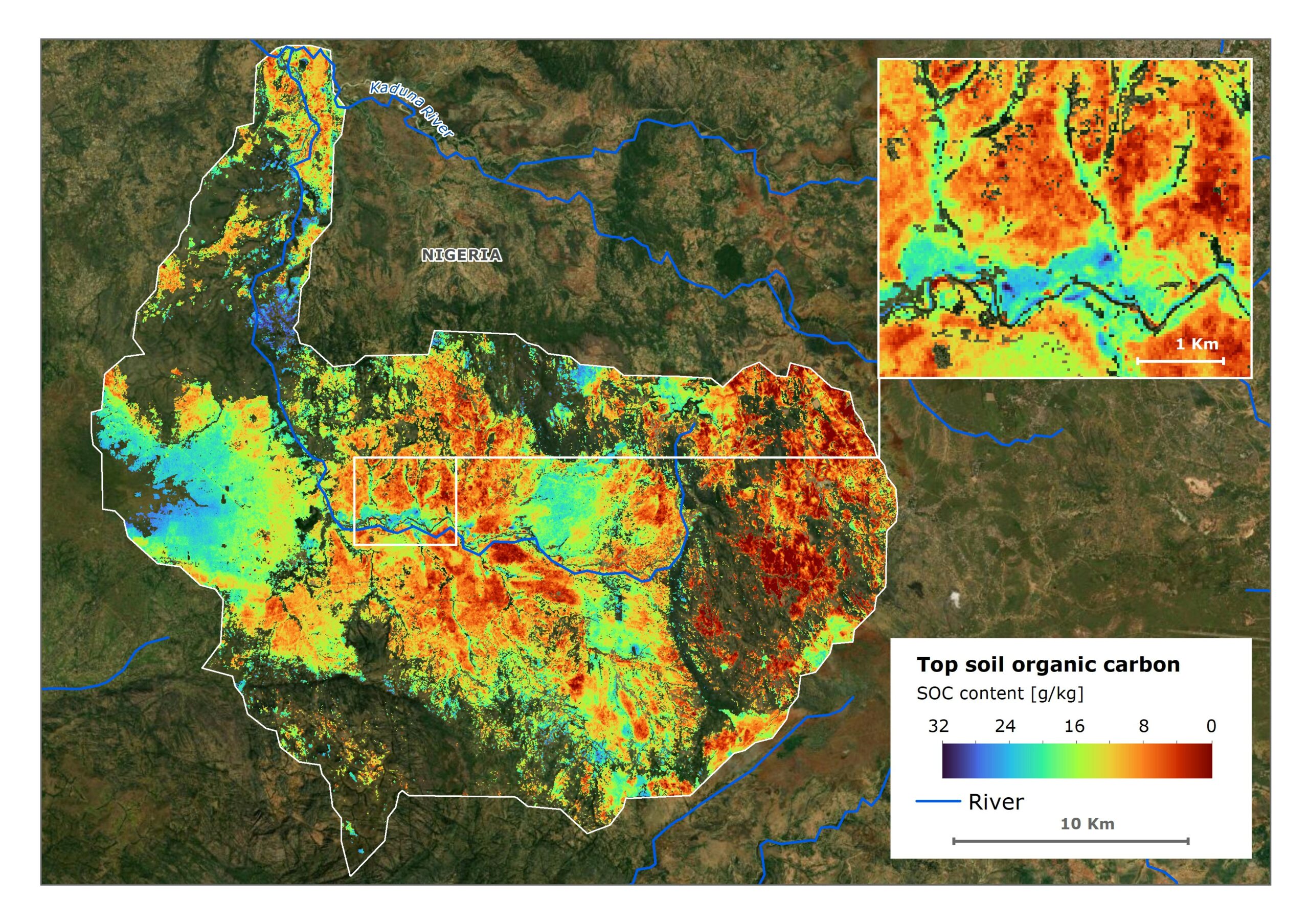
It is crucial to monitor the decline of SOC to promote sustainable and productive soil practices and mitigate greenhouse gas emissions. Studies suggest that approximately a quarter of human-induced carbon emissions since the industrial revolution have been lost from soils. Croplands and heavily grazed grasslands have experienced a significant SOC decline of between 25 and 75 per cent compared to undisturbed natural ecosystems. A revision of agricultural practices like reducing evapotranspiration, tillage and grazing can contribute significantly to reducing soil carbon losses.
The establishment of MRV systems is crucial in implementing programmes that aim to increase SOC at a national level, ensuring compliance with global conventions, mechanisms as well as to design climate-smart agriculture programmes that incentivises and pays for practice change with carbon dividends in the future. The World Bank is pursuing the transformation that the utilisation of GDA Climate Resilience’s digital soil mapping service would unlock in terms of accessing scalable, precise, and high-resolution soil data for integration into an MRV system. This strategic advance extends beyond mere utilisation, envisioning a comprehensive shift that would redefine how soil information is accessed, understood, and incorporated into the World Bank landscape-level SOC programmes. Ongoing deployment of activities focuses on replicating and operationalizing this methodology in India, led by GMV under the GDA Agriculture initiative.
Key Takeaways
- The European Space Agency’s Global Development Assistance Programme Climate Resilience Consortium supported the studies for a monitoring, reporting and verification system for changes to soil organic carbon.
- Working with the World Bank in target watersheds in northern Nigeria, the project understood how satellite data and machine learning could help building climate resilience for Nigeria’s farmers.
- The work increased the awareness among Nigerian counterparts on the use of Earth Observation to monitor soil organic carbon.
- The consortium’s work provides detailed information on soil carbon stock and loss, supporting planning sustainable farming practices.
- The work proved that EO techniques can improve sustainable landscape management practices and prevent soil degradation through Integrated watershed management plans.
ESA’s GDA Programme is a global partnership implemented with key International Financial Institutions (IFIs) – World Bank and Asian Development Bank – to mainstream the use of Earth Observation (EO) into development operations. For more information, please visit our website: https://gda.esa.int



